
Seychelles & Indian Ocean Adventure
Seychelles & Indian Ocean Adventure
Cruise overview
WHY BOOK WITH US?
- ✔ The Deluxe Cruises’ team has extensive experience in ultra-luxury cruising.
- ✔ Call now to speak to our helpful and experienced Cruise Concierge team.
- ✔ Enjoy our Unique Deluxe Cruises Bonus for substantial savings.
- ✔ Our team will tailor your holiday to your exacting requirements.
- ✔ As agents, we work under the protection of each cruise lines ABTA / ATOL licences
About Mombasa
You may well find yourself in Mombasa for a few hours or an overnight stop. The city (which is actually an island linked to the mainland by a ferry) is the second oldest trade center with Arabia and the Far East. Today it still plays an important role as the main port for Kenya. Although it lacks the beautiful beaches of the north and south, it has a rich, fascinating history. Visit the Old Town with its narrow streets lined with tiny shops and souks (markets). The Old Harbour, frequented by numerous dhows, is an ideal place to arrange a short cruise on one of these local boats that have plied the oceans for centuries. Fort Jesus, designed by an Italian and built by the Portuguese in the late 16th century, is a major visitor draw and well worth a visit. In summer there's an impressive sound-and-light show.
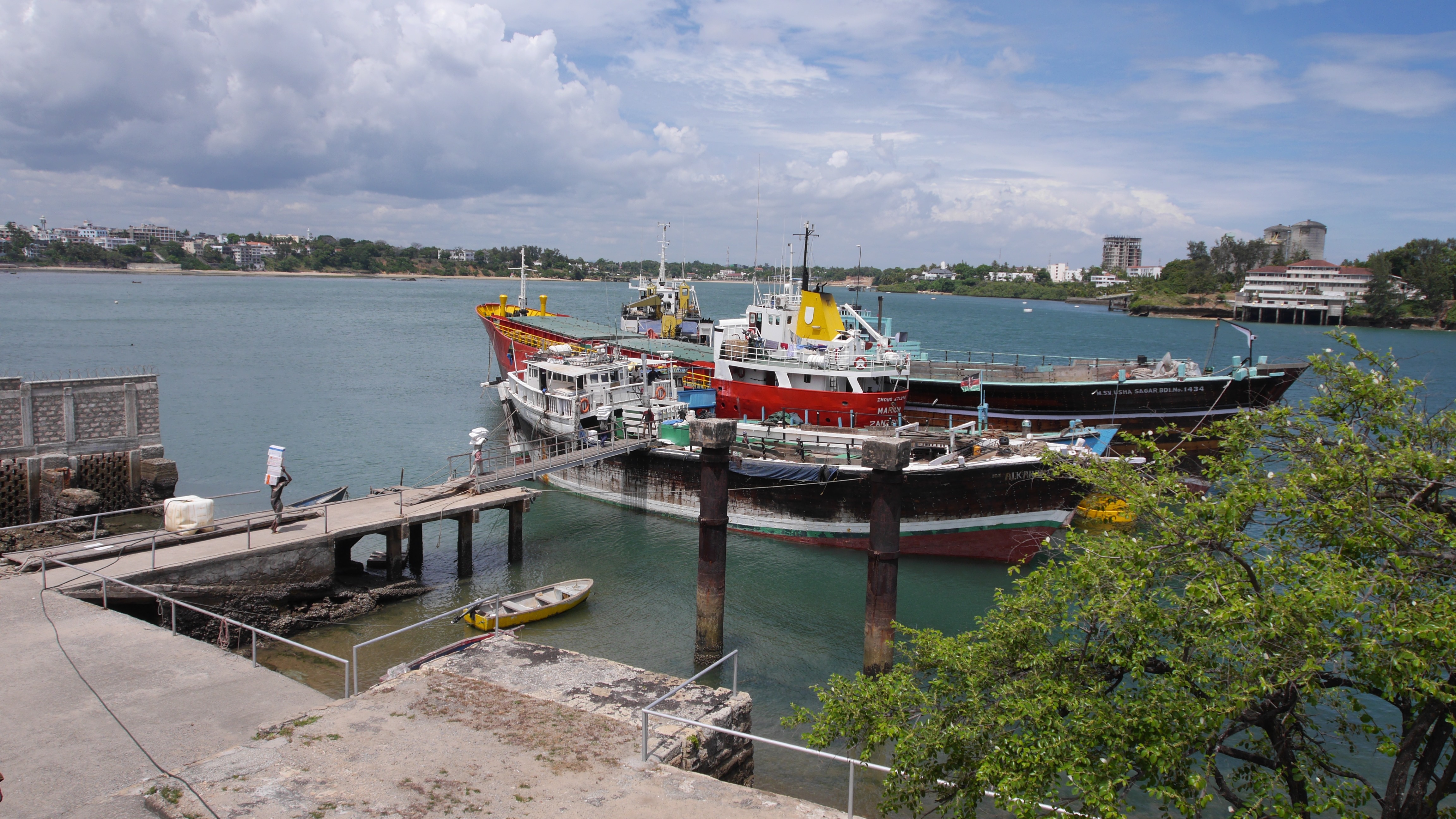
About Zanzibar
This ancient isle once ruled by sultans and slave traders served as the stepping stone into the African continent for missionaries and explorers. Today it attracts visitors intent on discovering sandy beaches, pristine rain forests, or colorful coral reefs. Once known as the Spice Island for its export of cloves, Zanzibar has become one of the most exotic flavors in travel, better than Bali or Mali when it comes to beauty that’ll make your jaw drop.Separated from the mainland by a channel only 35 km (22 miles) wide, and only 6 degrees south of the equator, this tiny archipelago—the name Zanzibar also includes the islands of Unguja (the main island) and Pemba—in the Indian Ocean was the launching base for a romantic era of expeditions into Africa. Sir Richard Burton and John Hanning Speke used it as their base when searching for the source of the Nile. It was in Zanzibar where journalist Henry Morton Stanley, perched in an upstairs room overlooking the Stone Town harbor, began his search for David Livingstone.The first ships to enter the archipelago's harbors are believed to have sailed in around 600 BC. Since then, every great navy in the Eastern Hemisphere has dropped anchor here at one time or another. But it was Arab traders who left an indelible mark. Minarets punctuate the skyline of Stone Town, where more than 90% of the residents are Muslim. In the harbor you'll see dhows, the Arabian boats with triangular sails. Islamic women covered by black boubou veils scurry down alleyways so narrow their outstretched arms could touch buildings on both sides. Stone Town received its odd name because most of its buildings were made of limestone and coral, which means exposure to salty air has eroded many foundations.The first Europeans who arrived here were the Portuguese in the 15th century, and thus began a reign of exploitation. As far inland as Lake Tanganyika, slave traders captured the residents or bartered for them from their own chiefs, then forced the newly enslaved to march toward the Indian Ocean carrying loads of ivory tusks. Once at the shore they were shackled together while waiting for dhows to collect them at Bagamoyo, a place whose name means, "here I leave my heart." Although it's estimated that 50,000 slaves passed through the Zanzibar slave market each year during the 19th century, many more died en route.Tanganyika and Zanzibar merged in 1964 to create Tanzania, but the honeymoon was brief. Zanzibar's relationship with the mainland remains uncertain as calls for independence continue. "Bismillah, will you let him go," a lyric from Queen's "Bohemian Rhapsody," has become a rebel chant for Zanzibar to break from Tanzania.Zanzibar Island, locally known as Unguja, has amazing beaches and resorts, decent dive spots, acres of spice plantations, the Jozani Forest Reserve, and Stone Town. Plus, it takes little more than an hour to fly there. It's a popular spot to head post-safari.Stone Town, the archipelago's major metropolis, is a maze of narrow streets lined with houses featuring magnificently carved doors studded with brass. There are 51 mosques, 6 Hindu temples, and 2 Christian churches. And though it can rightly be called a city, much of the western part of the larger island is a slumbering paradise where cloves, as well as rice and coconuts, still grow.Although the main island of Unguja feels untouched by the rest of the world, the nearby islands of Pemba and Mnemba offer retreats that are even more remote. For many years Arabs referred to Pemba as Al Khudra, or the Green Island, and indeed it still is, with forests of king palms, mangos, and banana trees. The 65-km-long (40-mile-long) island is less famous than Unguja except among scuba divers, who enjoy the coral gardens with colorful sponges and huge fans. Archaeology buffs are also discovering Pemba, where sites from the 9th to the 15th century have been unearthed. At Mtambwe Mkuu coins bearing the heads of sultans were discovered. Ruins along the coast include ancient mosques and tombs. In the 1930s Pemba was famous for its sorcerers, attracting disciples of the black arts from as far away as Haiti. Witchcraft is still practiced, and, oddly, so is bullfighting. Introduced by the Portuguese in the 17th century, the sport has been improved by locals, who rewrote the ending. After enduring the ritual teasing by the matador's cape, the bull is draped with flowers and paraded around the village.Beyond Pemba, smaller islands in the Zanzibar Archipelago range from mere sandbanks to Changu, once a prison island and now home to the giant Aldabra tortoise, Chumbe Island, and Mnemba, a private retreat for guests who pay hundreds of dollars per day to get away from it all.
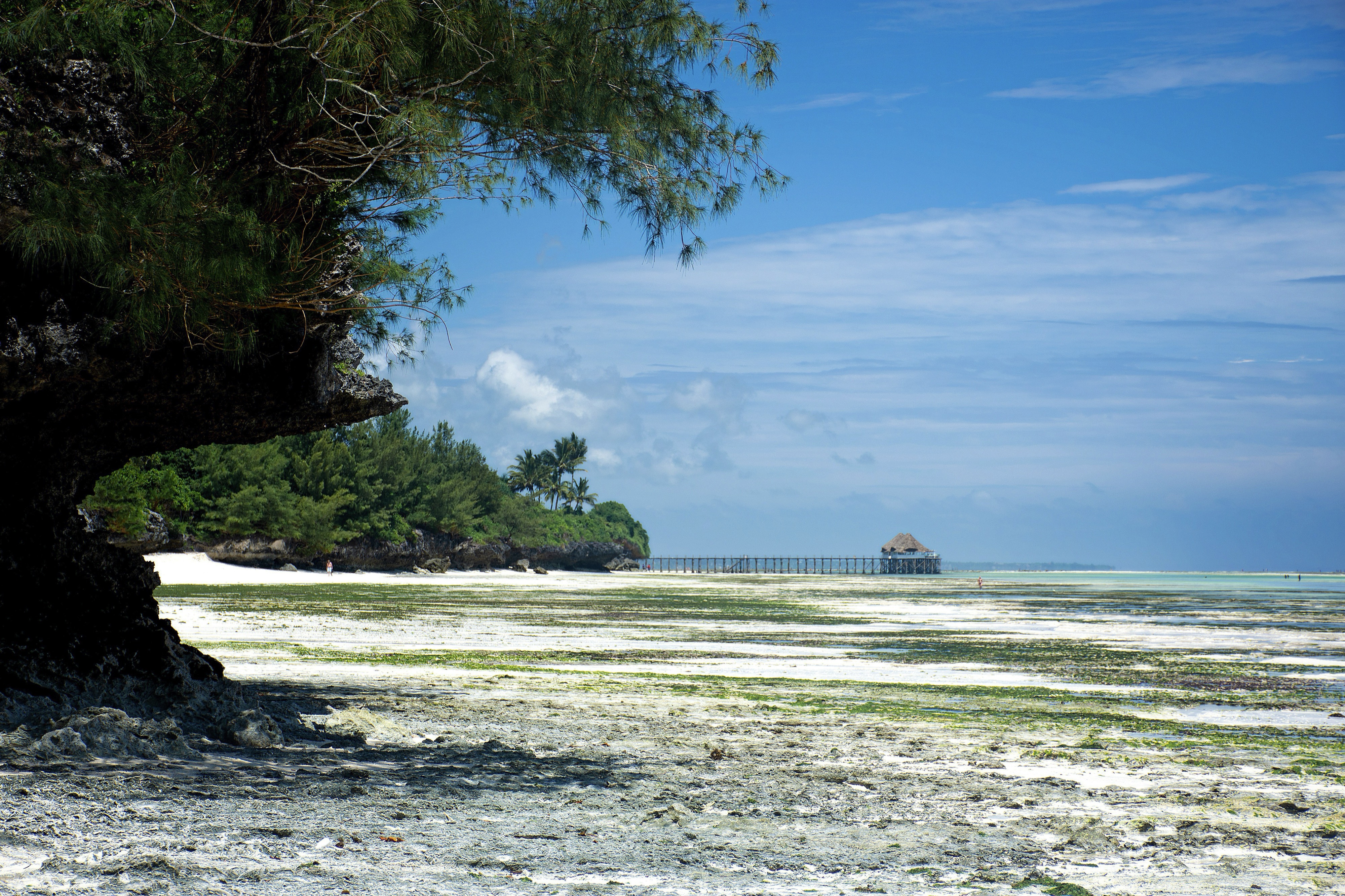
About Kilwa Kisiwani
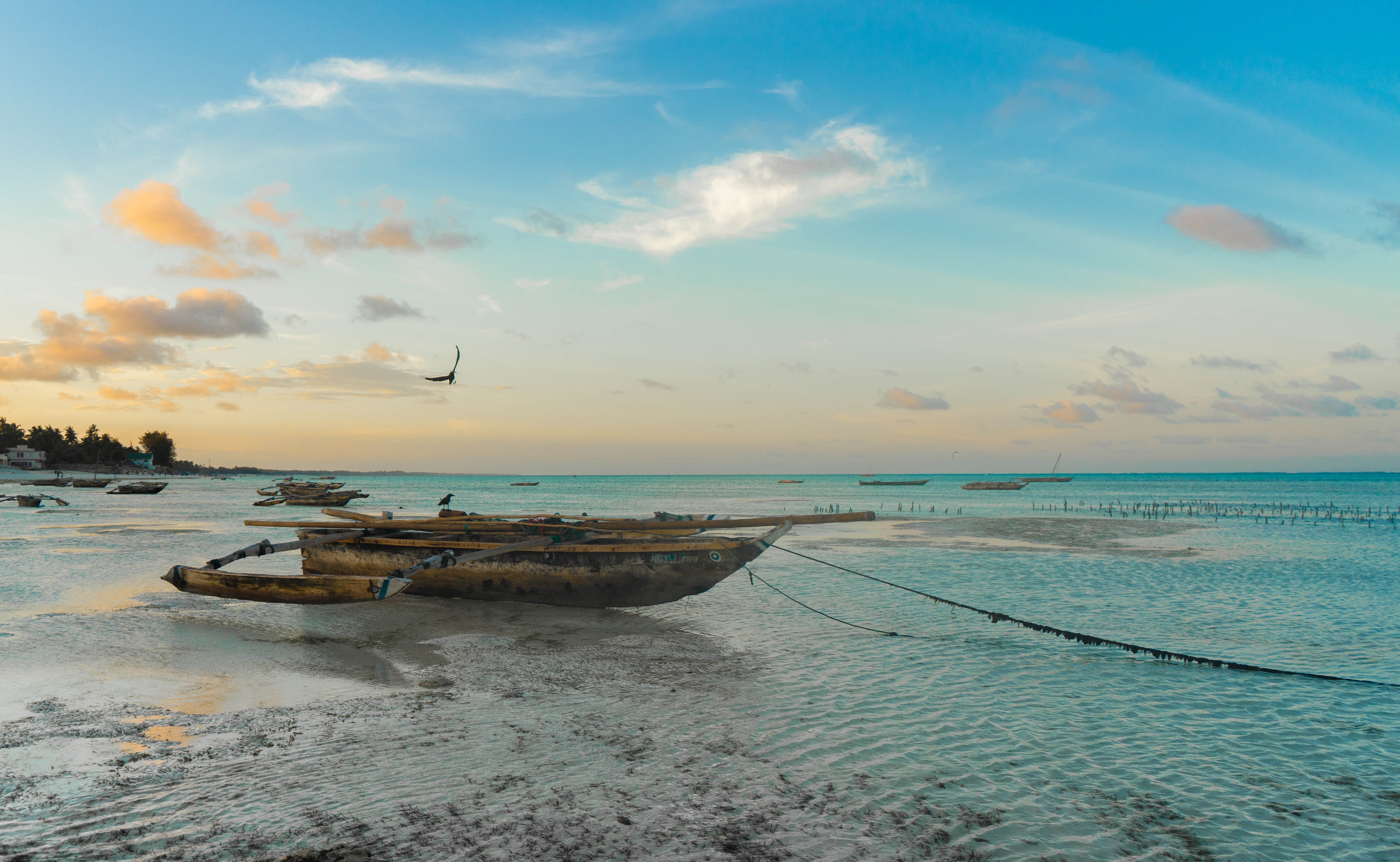
About Aldabra Atoll
A hidden gem in a faraway archipelago, Aldabra Atoll is one of the last virtually untouched sanctuaries on earth.
Listed as a UNESCO World Heritage Site, Aldabra Atoll is formed by 4 large coral reef islands and 40 smaller islands and rocks. It is one of the world’s most wild and remote regions with the larger reefs surrounding a shallow lagoon teeming with black-tipped sharks, sea turtles and manta rays in the centre of the atoll. Aldabra Atoll truly is a spectacular wonder that is rich in wildlife with Aldabra giant tortoises outnumbering the human population in Seychelles.
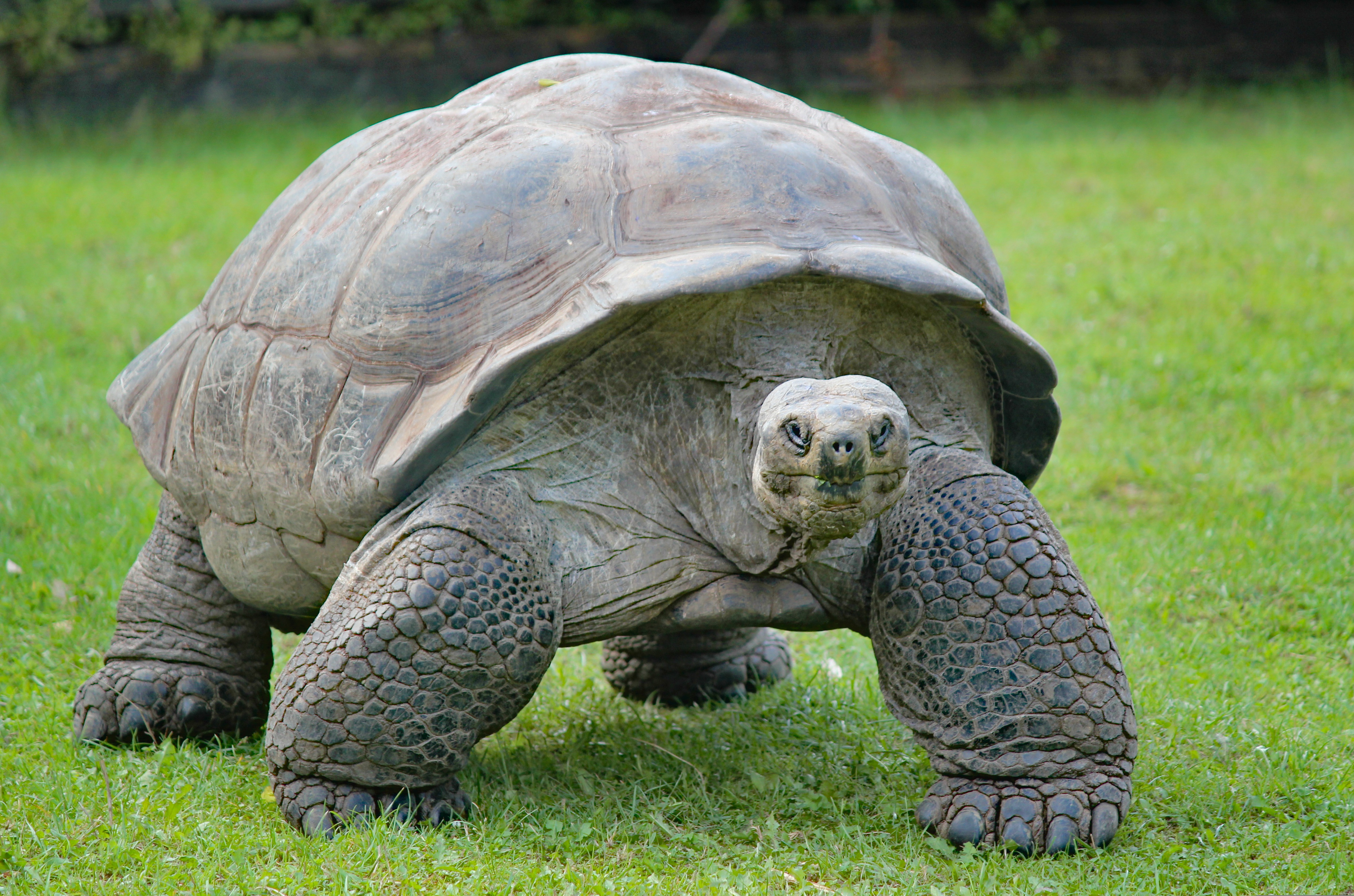
About Aldabra Atoll
A hidden gem in a faraway archipelago, Aldabra Atoll is one of the last virtually untouched sanctuaries on earth.
Listed as a UNESCO World Heritage Site, Aldabra Atoll is formed by 4 large coral reef islands and 40 smaller islands and rocks. It is one of the world’s most wild and remote regions with the larger reefs surrounding a shallow lagoon teeming with black-tipped sharks, sea turtles and manta rays in the centre of the atoll. Aldabra Atoll truly is a spectacular wonder that is rich in wildlife with Aldabra giant tortoises outnumbering the human population in Seychelles.

About Aldabra Atoll
A hidden gem in a faraway archipelago, Aldabra Atoll is one of the last virtually untouched sanctuaries on earth.
Listed as a UNESCO World Heritage Site, Aldabra Atoll is formed by 4 large coral reef islands and 40 smaller islands and rocks. It is one of the world’s most wild and remote regions with the larger reefs surrounding a shallow lagoon teeming with black-tipped sharks, sea turtles and manta rays in the centre of the atoll. Aldabra Atoll truly is a spectacular wonder that is rich in wildlife with Aldabra giant tortoises outnumbering the human population in Seychelles.

About Farquhar Islands
The Farquhar Island is part of the Farquhar Group of islands in the Seychelles and was one of the earliest of the Outer Islands to be discovered. Its coral strewn lagoon is teeming with exotic coral and fish who dance in the crystal-clear waters. The salt-water paradise attracts only the most serious of anglers due to its unique variety of species that live here.
About Alphonse Islands
Alphonse Island is an authentic, unspoiled island experience in the Seychelles.
Beautiful white-sand beaches lined with palm trees mark a break between the crystal-clear waters and dense natural forest, of which both are thriving with wildlife. Bijoutier Island is a very small island that sits within the St. François Atoll.
The uninhabited land takes its name from the French word, bijoutier, meaning "jeweller" and it is indeed a land of jewels. In 2007 the Island Conservation Society established a conservation centre on Alphonse to manage conservation on both Bijoutier and Alphonse.
About Amirantes Islands
About Praslin Island
Forty kilometers (25 miles) northeast of Mahé, Praslin is just a 15-minute flight or 45-minute ferry ride away. Praslin, at 11 km (7 miles) long and 4 km (2.5 miles) wide, is the second-largest island in the Seychelles. First settled as a hideaway by pirates and Arab merchants, the island's original name, Isle de Palmes, bears testament to its reputation as home of the Vallée de Mai UNESCO World Heritage Site: the only place in the world where the famous Coco de Mer, the world's heaviest nut, grows abundantly in the wild. Praslin's endemic palm forests shelter many rare species, and the island is a major bird-watching destination. Surrounded by a coral reef, majestic bays, and gorgeous beaches, Praslin is much quieter and less developed than Mahé. With few real "sights," the pleasures of Praslin largely involve relaxing in or exploring its stunning beaches and fantastical forests.
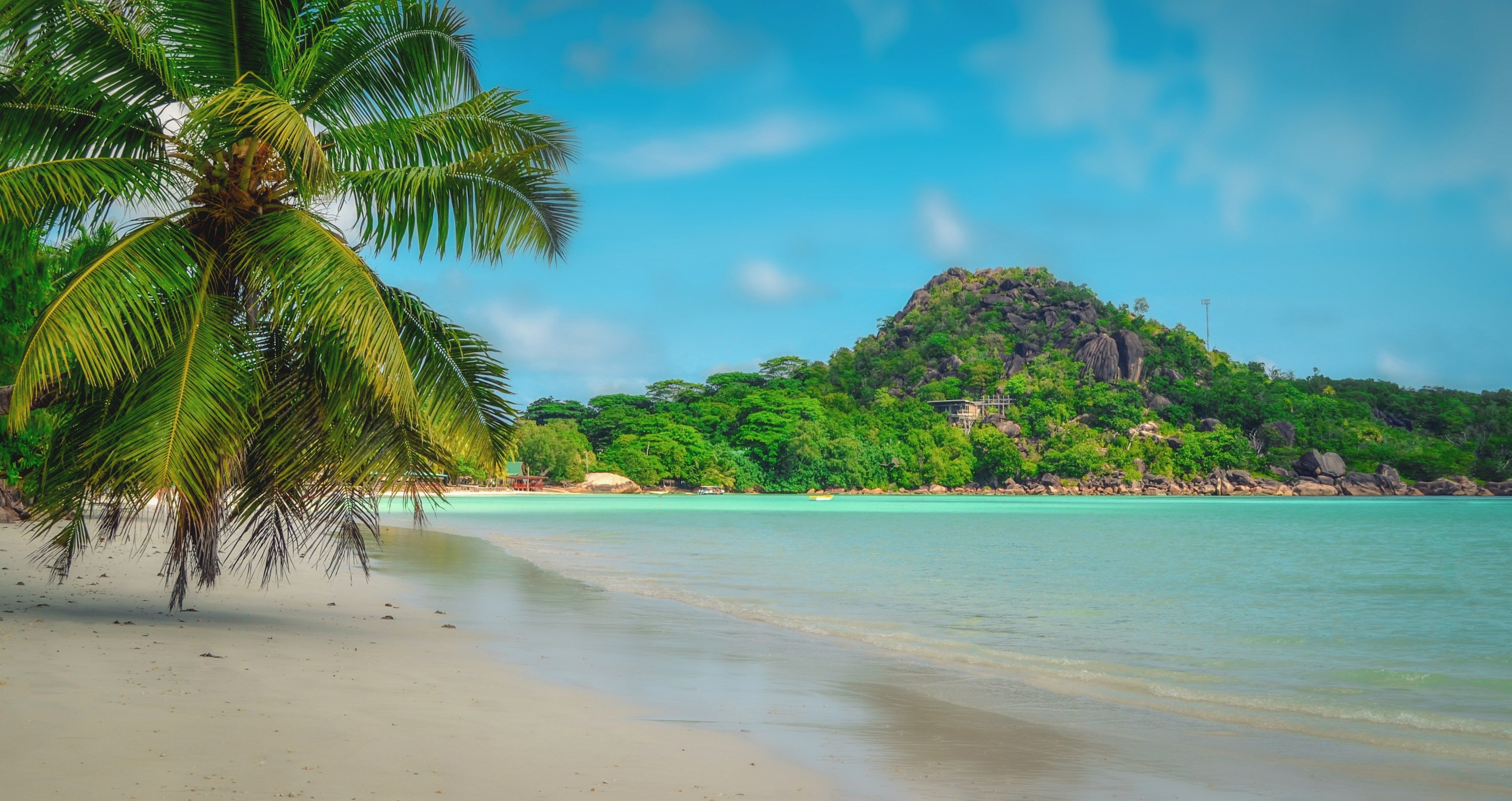
About La Digue
La Digue Island is an island like no other. It is the smallest of the three populated islands in the Seychelles, but the tranquillity will make it feel like you’re the only one there.
The stunning surroundings should be soaked up from cycling through the vanilla plantations to lying on the white-sandy beaches, your time on La Digue should be cherished.
There is a little more to do on La Digue compared to the smaller, uninhabited islands where you can enjoy full moon tours, surfing and snorkelling with a local.
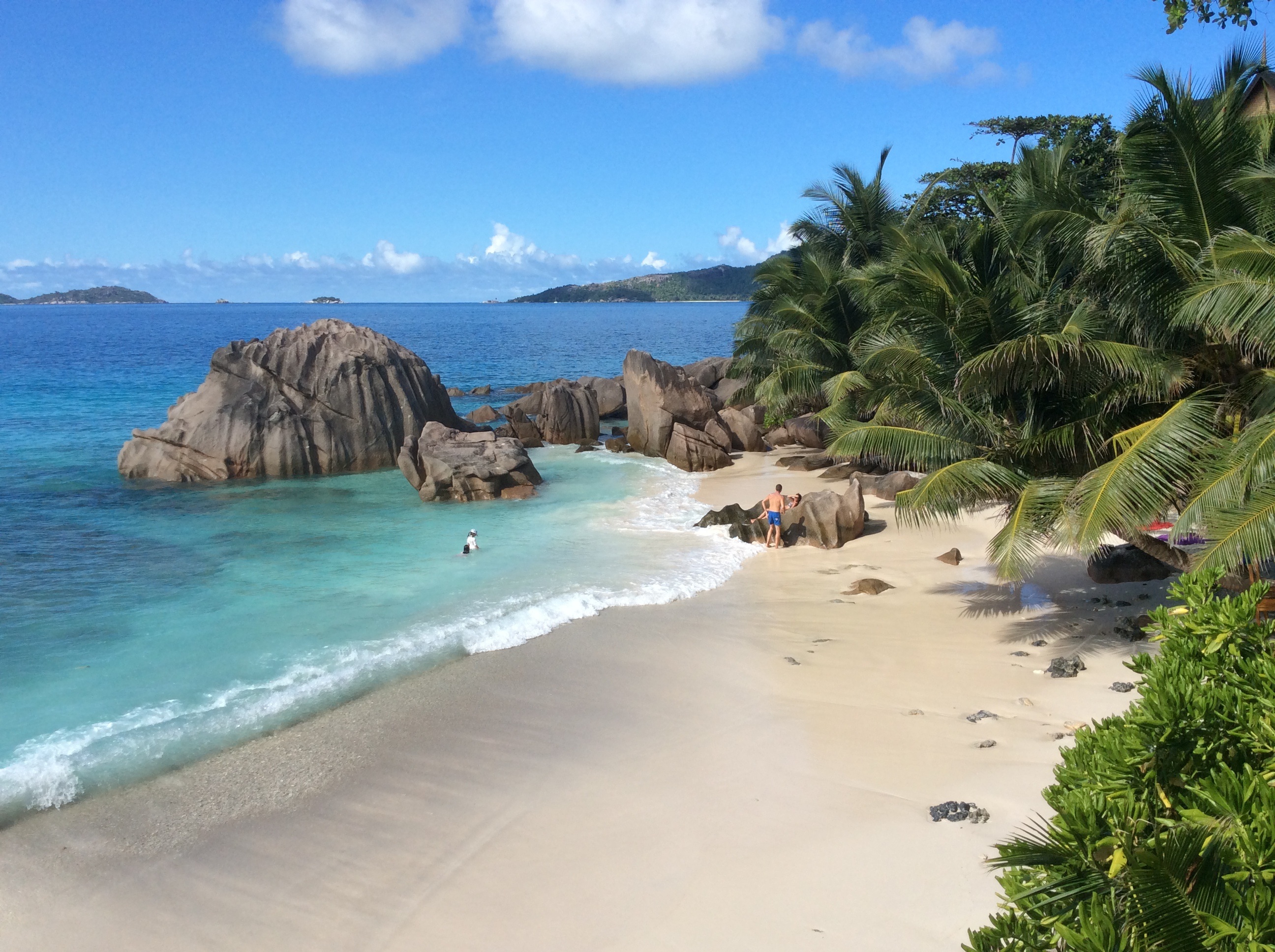
About Mahé
Like jade-coloured jewels in the Indian Ocean, the more than 100 Seychelles Islands are often regarded as the Garden of Eden. Lying just four degrees south of the equator, the Seychelles are some 1,000 miles (1,610 km) from the nearest mainland Africa. Little more than 200 years ago, all 115 islands were uninhabited. Then in 1742 a French ship dispatched from Mauritius sailed into one of the small bays. Captain Lazare Picault was the first to explore these unnamed islands. He encountered breathtaking vistas of rugged mountains, lagoons, coral atolls, splendid beaches and secluded coves. After Picault sailed away, the islands remained untouched for the next 14 years. Then France took possession of the seven islands in the Mahé group. During an expedition Captain Morphey named them the Sechelles, in honour of Vicomte Moreau de Sechelles. This name was later anglicised to Seychelles. The first settlers arrived at St. Anne’s Island in 1770; 15 years later the population of Mahé consisted of seven Europeans and 123 slaves. Today there are about 80,000 Seychellois, the majority of whom live on Mahé; the rest are scattered in small communities throughout the archipelago. The people are a fusion of three continents - Africa, Asia and Europe. This has created a unique culture and the use of three languages - Creole, French and English. Mahé is the largest island in the archipelago and the location of the capital, Victoria. Ringed by steep, magnificent mountains, few capitals can claim a more beautiful backdrop. The town features a mixture of modern and indigenous architecture; it is the centre of business and commerce thanks to the extensive port facilities. Noteworthy sites in Victoria are the museum, cathedral, government house, clock tower, botanical gardens and an open-air market. The major attractions are found outside of town where the island’s quiet, lazy atmosphere delights visitors. With 68 pristine, white sand beaches, Mahé boasts more beaches and tourist facilities than any of the other Seychelles Islands. Beautiful and remote Mahé with its green-clad mountains and palm-fringed beaches is indeed an island of abundance; pleasant surprises are around every bend in the trail. Come ashore and discover for yourself this marvellous island paradise.



The even larger Owner's Suite, at 1407 sq. ft, now features a Spa Pool à deux on the private terrace.
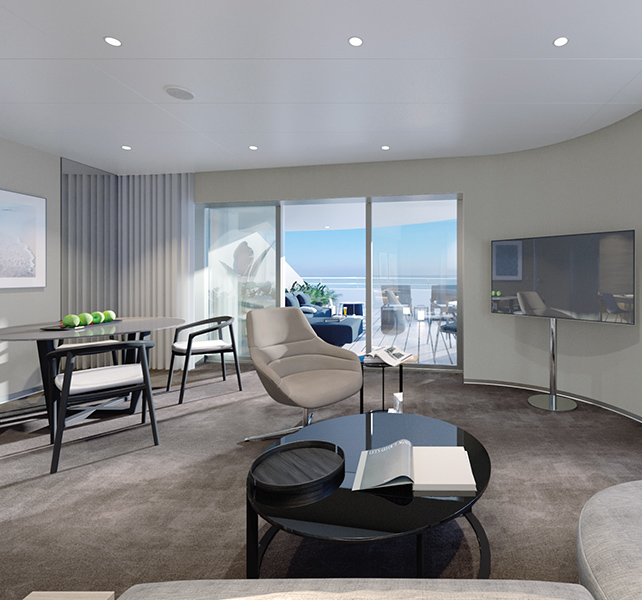
More information coming soon.
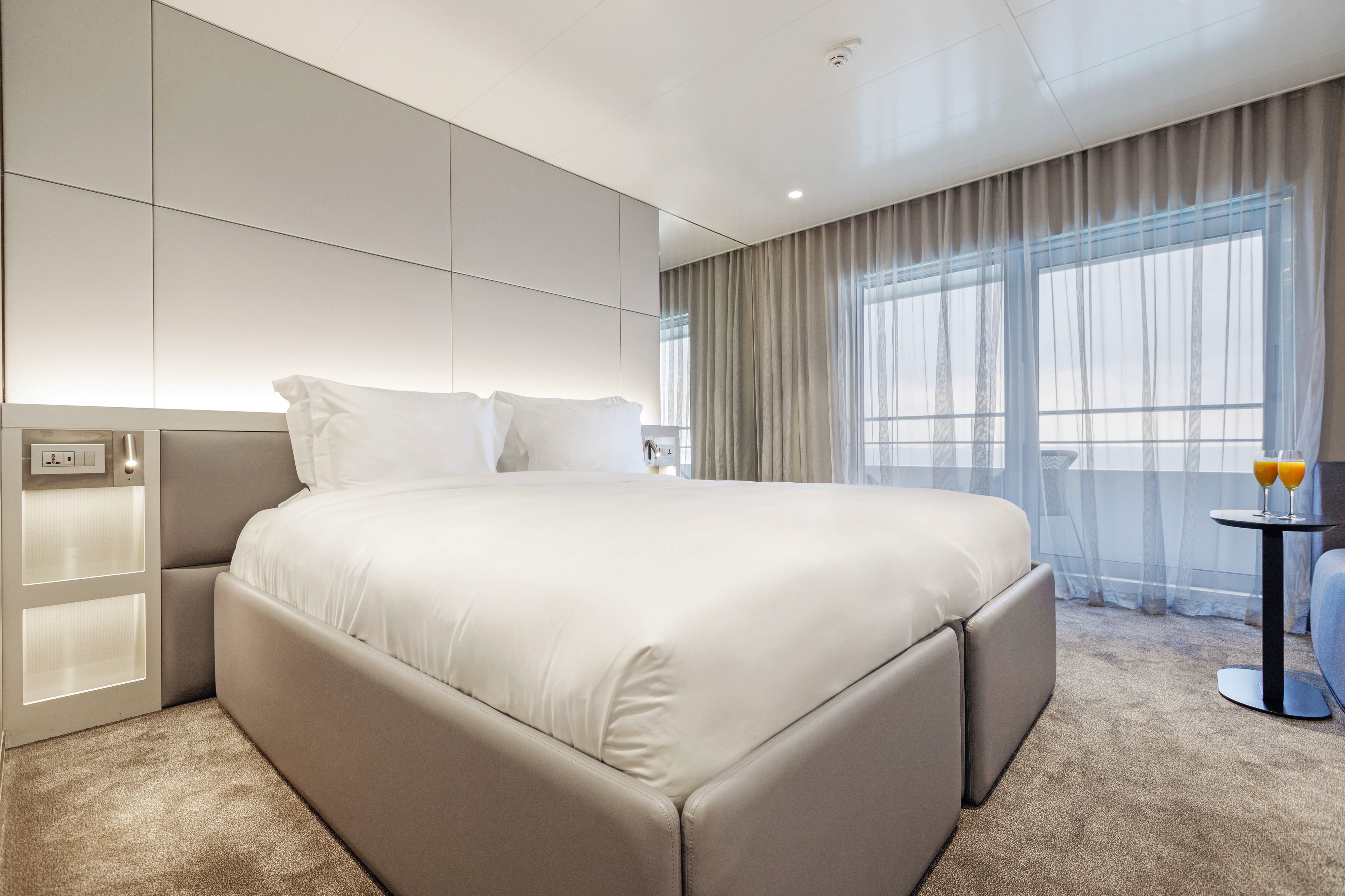
Now even more spacious, at 879 sq. ft, including a wraparound terrace.
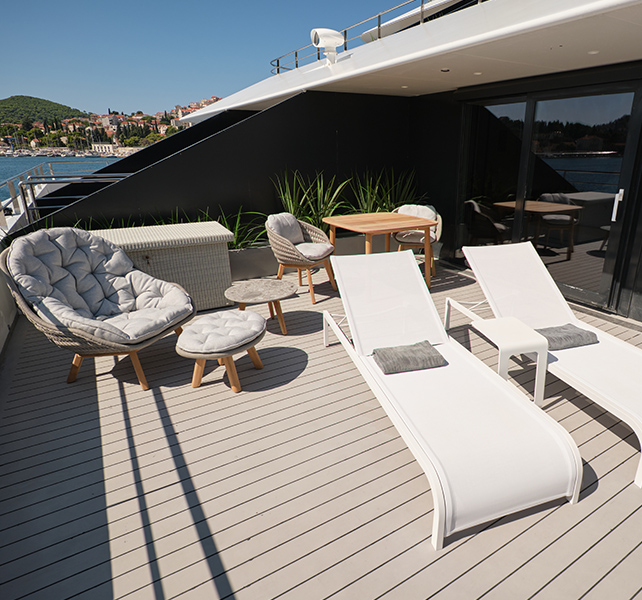

Now even more spacious, at 340 sq. ft.

More information coming soon.

Emerald Kaia
Meet Emerald Kaia.
A new chapter in Emerald Cruises' journey begins with our next-generation luxury ocean yacht, Emerald Kaia. Our third innovative luxury yacht builds on the spectacular success of the first two and retains the ethos of luxury small-ship cruising.
Launching in early 2026, she will welcome you on board to sail from the coastlines of the Mediterranean, Aegean, and Adriatic Seas, to the Seychelles.
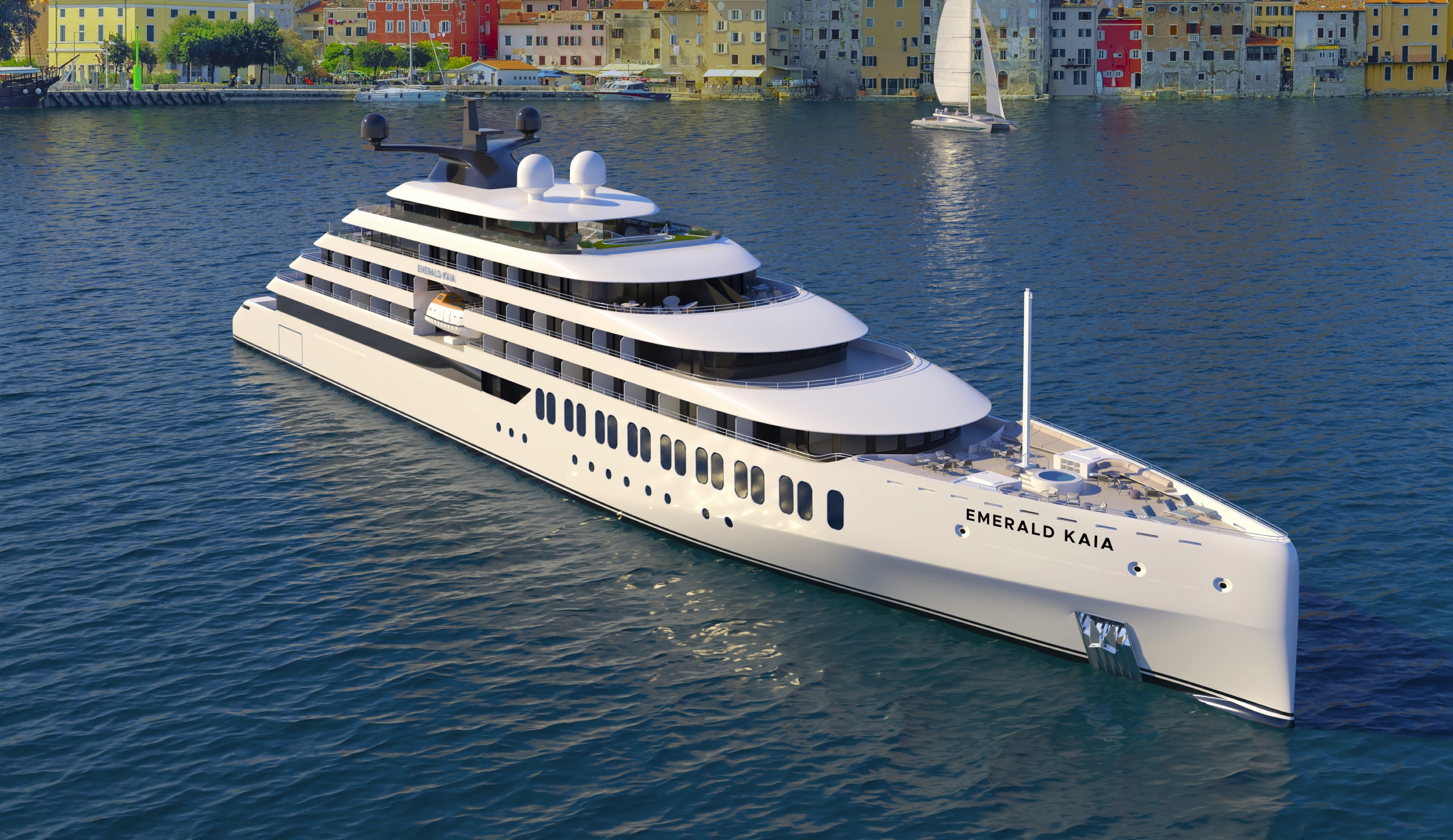
Ship Facts
| Launch Year | 2026 | ||||||||
| Refit Year | |||||||||
| Language | en | ||||||||
| Gross Tonnage | N/A | ||||||||
| Length | 120 | ||||||||
| Width | N/A | ||||||||
| Currency | EUR | ||||||||
| Speed | N/A | ||||||||
| Capacity | 128 | ||||||||
| Crew Count | 92 | ||||||||
| Deck Count | 6 | ||||||||
| Cabin Count | 64 | ||||||||
| Large Cabin Count | N/A | ||||||||
| Wheelchair Cabin Count | N/A | ||||||||
| Electrical Plugs |
|
Sky Deck
- Spa Pool (1)
- Sky Bar (2)
- Elevators (3)
- Sky Deck Cabanas (4)

Pool Deck
- Elevators (3)
- Aqua Café (5)
- Aqua Pool (6)
- Owner's Suite
- Balcony Suite
- Deluxe Balcony Suite

Panorama Deck
- Elevators (3)
- Life Boats (8)
- Navigation Bridge (7)
- Balcony Suite
- Terrace Suite

Observation Deck
- Elevators (3)
- Life Boats (8)
- Spa Pool (9)
- Observation Sun Deck (10)
- Observation Lounge (11)
- Self-Service Laundry (12)
- Yacht Suite
- Balcony Suite

Emerald Deck
- Elevators (3)
- Amici Bar & Lounge (13)
- Reception (14)
- Boutique (15)
- Night Market Grill (16)
- La Cucina Terrace (17)
- Oceanview Stateroom

Wellness Deck
- Elevators (3)
- Medical Center (19)
- Elements Spa (20)
- Sauna (21)
- Infrared Sauna (22)
- Hairdresser (23)
- Tender Boat (24)
- Zodiac (25)
- Gym (26)
- Marina Lounge (27)
- Marina Deck (28)

Experience à la carte and fine dining on board our yachts. No matter which ocean you’re sailing on, you’ll find delectable meals on board, prepared using fresh, local ingredients.
With a selection of wines, beers, and soft drinks included with lunch and dinner, there's always a delightful pairing for your meals. Or, if you’d like to extend your selection of beverages, there’s a range of drinks packages to choose form^.
^Available at an additional cost.
Aqua Pool & Cafe
Night Market Grill
This new Asian-Style, private dining experience on Emerald Kaia is exclusive to just eight guests.
La Cucina
Our signature restaurant serves gourmet dinners and mouthwatering breakfast and lunch. Emerald Kaia features an open kitchen with views of chefs in action.
Take in stunning vistas from the Observation Deck. Swim under the sun in the infinity-style Aqua Pool or take a leisurely dip in the Spa Pool. Unwind in the innovative infrared sauna and, on selected days, enjoy swim stops off the Marina Platform.
From the chilled and relaxed vibe of the Amici Bar & Lounge to the open-air surrounds of the Pool Deck and the serene Observation Lounge, you’ll find plenty of spaces on board to enjoy the company of new-found friends or to take a moment for yourself.
Observation Sun Deck
An inviting venue at the bow, now with sun beds and Spa Pool - always with spectacular views.
Marina Lounge
Enjoy swim stops and marina toys from the Marina Platform, now enhanced with an interior lounge
Sky Bar
Enjoy sunsets while relaxing in a cabana with a delicious cocktail in hand.
Aqua Pool
After a dip in the Aqua Pool, enjoy al fresco light refreshments at the Aqua Café while taking in the expansive views.